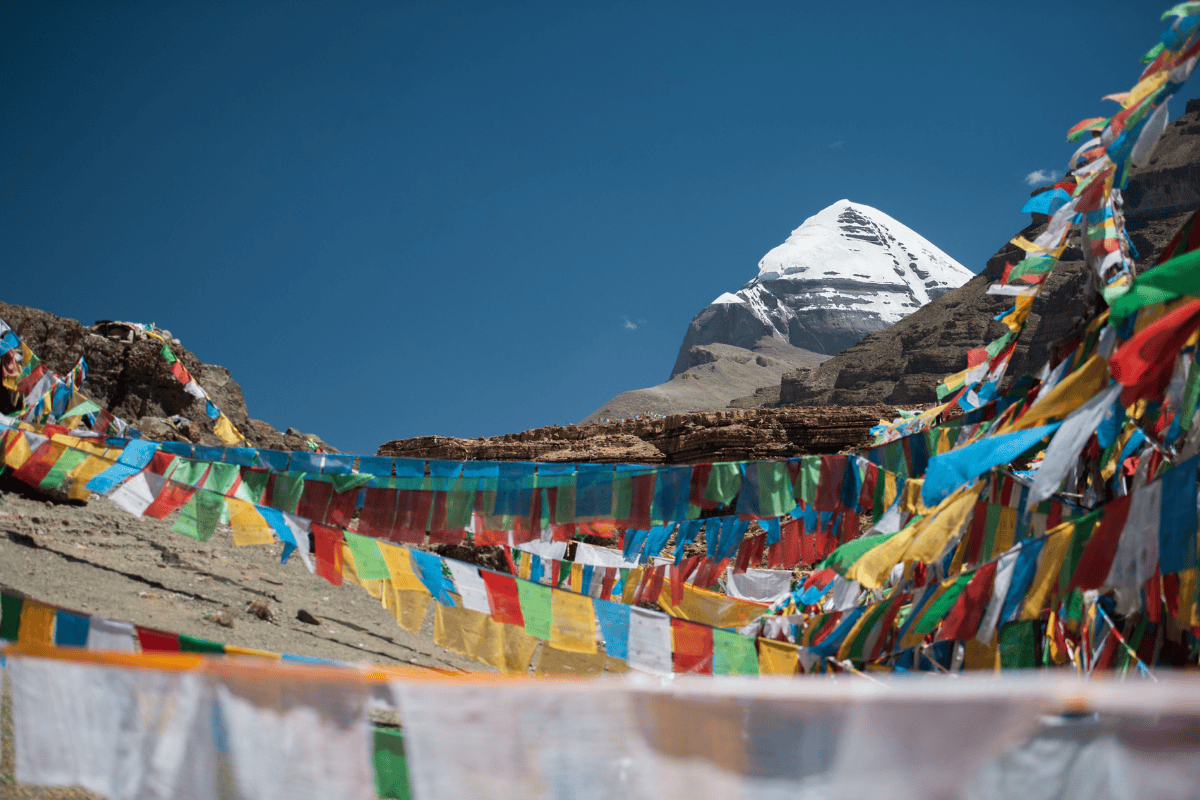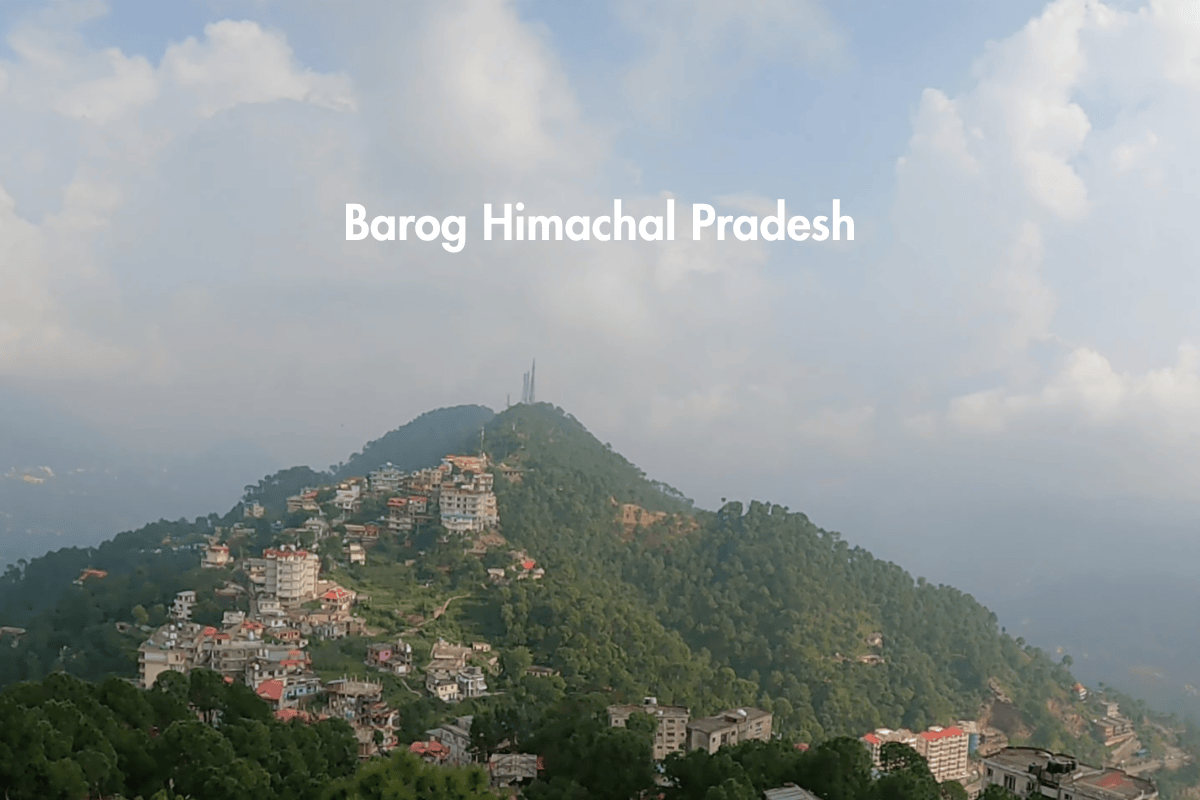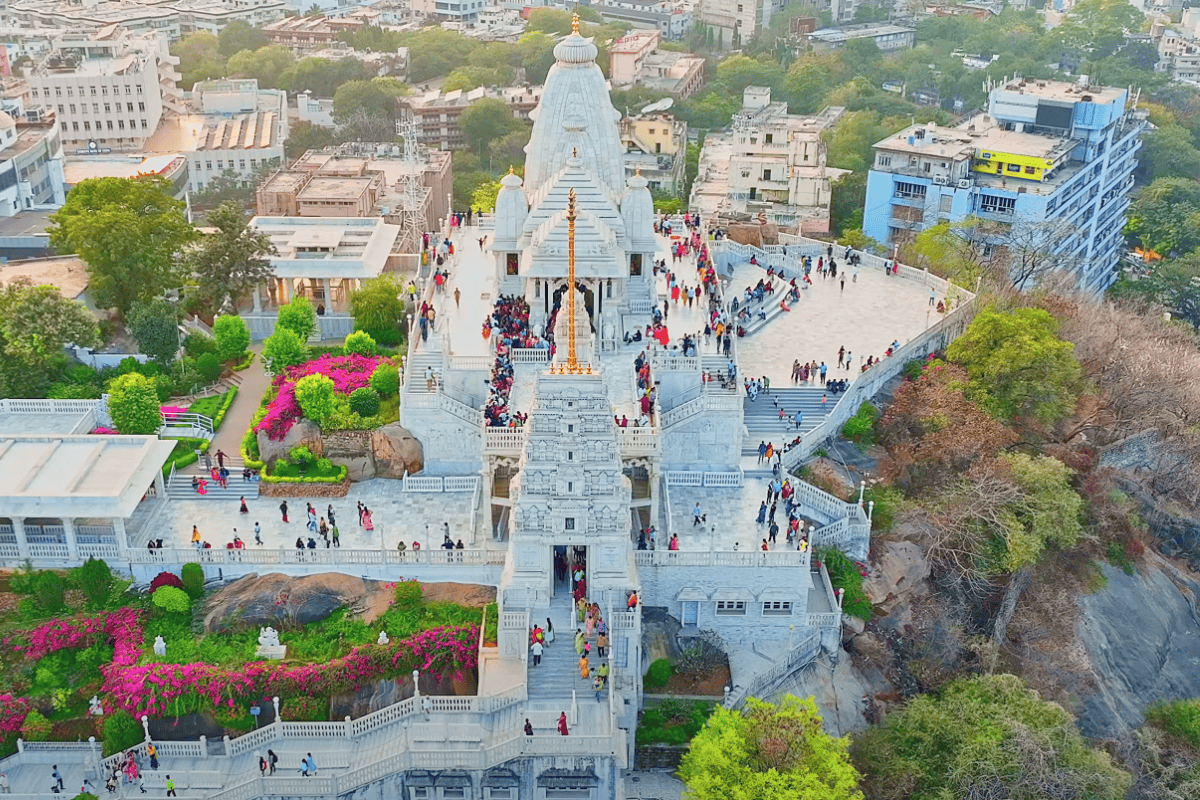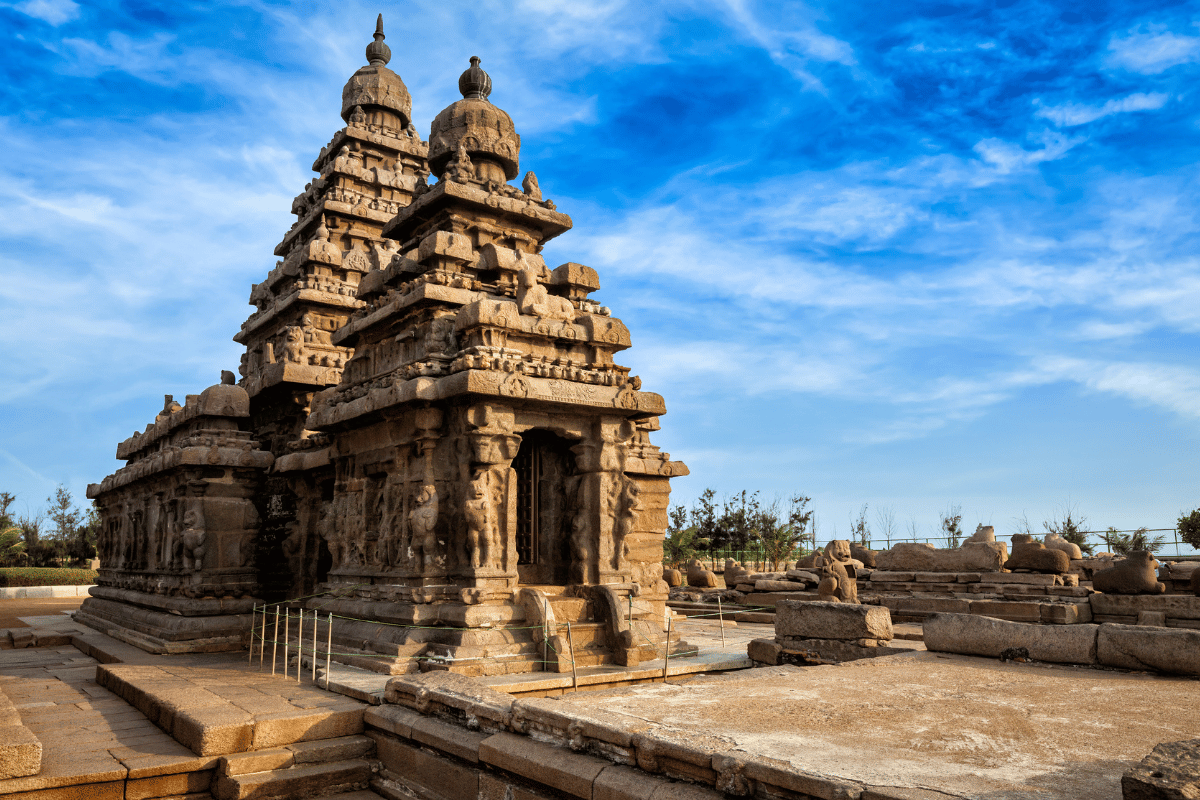Khajuraho Temples – History, Architecture and UNESCO

Khajuraho is a small town located in Madhya Pradesh, but it holds one of the biggest treasures of Indian heritage – the Khajuraho Temples. These temples are world-famous for their amazing stone carvings, unique architecture, and beautiful mix of art, culture, and devotion. People from across the globe visit Khajuraho to see how ancient Indian artists used stone to tell stories of gods, humans, and life.
Unlike other temples in India, Khajuraho’s beauty lies not just in its spiritual value but also in its artistic expression. From fine details of daily life to bold carvings of love and intimacy, these temples show that Indian culture has always celebrated life in every form – with art, devotion, and openness.
Table of Contents
UNESCO World Heritage Site Status
In the year 1986, the Khajuraho Group of Monuments was declared a UNESCO World Heritage Site. This was done to protect and recognize the unique cultural, architectural, and artistic value of the temples.
This honour means that the Khajuraho temples are not just important for India, but are considered a global treasure. UNESCO recognized the temples for their fine sculpture work, their representation of Indian heritage, and the balance between religion and creativity. Today, these temples are not just protected but also promoted as a symbol of India’s rich past and creative freedom.
History of Khajuraho Temples
The Khajuraho temples were built more than 1,000 years ago, during the rule of the Chandela dynasty, between 950 and 1050 AD. The Chandelas were great supporters of art, religion, and architecture. They built around 85 temples, of which about 20 still survive today.
These temples were mostly forgotten after the 14th century due to invasions and the decline of the Chandela kings. Forests grew around them, and they remained hidden for hundreds of years. It was only in 1838 that a British officer named T.S. Burt rediscovered them. Since then, Khajuraho became world-famous for its temples and carvings.
The temples are dedicated to Hindu gods like Shiva, Vishnu, and Devi, as well as Jain Tirthankaras, showing that Khajuraho welcomed different beliefs. The builders used sandstone without any cement, with stones joined together so perfectly that they have lasted for centuries.
Must-Visit Temples in Khajuraho
1. Kandariya Mahadev Temple
The Kandariya Mahadev Temple is the largest and most ornate Hindu temple in the Khajuraho complex, located in Madhya Pradesh, India. Built between 1025 and 1050 CE during the reign of King Vidyadhara of the Chandela dynasty, this temple is dedicated to Lord Shiva and stands as a masterpiece of medieval Indian architecture. Its name, “Kandariya,” translates to “the Great God of the Cave,” reflecting its intricate design and spiritual significance.

The temple rises to a height of approximately 31 meters and is renowned for its elaborate carvings and sculptures that adorn its walls. These carvings depict various aspects of life, including gods, goddesses, musicians, dancers, and scenes from everyday life, showcasing the artistic excellence of the period. The temple’s architecture follows the Nagara style, characterized by a series of ascending towers culminating in a central spire, symbolizing Mount Meru, the mythical mountain considered the center of the universe in Hindu cosmology.
In recognition of its historical and cultural significance, the Kandariya Mahadev Temple, along with other monuments in Khajuraho, was designated a UNESCO World Heritage Site in 1986. Today, it continues to attract visitors from around the world, offering a glimpse into India’s rich architectural and spiritual heritage.
2. Lakshmana Temple
The Lakshmana Temple is one of the oldest and most important temples in the Khajuraho group. Built around 930–950 AD by King Yashovarman of the Chandela dynasty, this temple is dedicated to Lord Vishnu, not to Lakshmana (brother of Lord Rama), as the name might suggest.
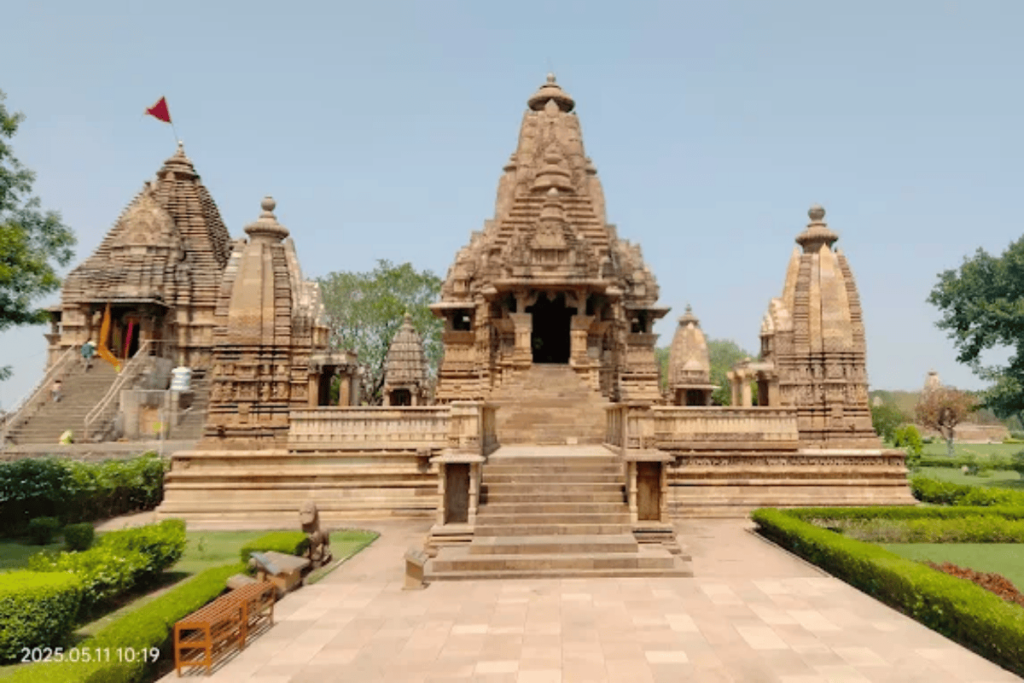
The temple is a perfect example of the Nagara style of architecture, which means it has a tall tower (shikhara) and beautifully carved pillars and walls. The whole temple is made of sandstone, and it sits on a high platform with stairs leading up, giving it a majestic look. The carvings on the outer walls show gods, goddesses, apsaras, animals, and scenes from daily life — all made with amazing detail by hand.
Inside the main shrine, you will find a three-headed idol of Vishnu, known as Vaikuntha Vishnu, which is very rare. One head is human, the second is of a lion (Narasimha), and the third is a boar (Varaha), showing three of his avatars.
This temple is part of the Western Group of Temples in Khajuraho and is very well maintained. Visitors are amazed by the symmetry, the sculptures, and the peaceful feeling around the temple.
3. Vishwanath Temple
The Vishwanath Temple in Khajuraho is another important and beautifully built temple from the Western Group of Temples. It is dedicated to Lord Shiva, who is worshipped here as Vishwanath, meaning “Lord of the Universe”. This temple was built around 1002 AD during the rule of the Chandela kings.

The main attraction of the temple is the Shivlinga inside the sanctum, made of shining white marble. It is placed in the middle of the shrine, and many devotees come here to offer prayers and flowers to Lord Shiva.
One of the unique features of the Vishwanath Temple is the huge statue of Nandi, the sacred bull of Lord Shiva. The statue is kept in a small pillared structure right in front of the main temple. It’s carved from a single rock and looks very grand.
The outer walls of the temple are covered with amazing carvings of gods, goddesses, musicians, dancers, animals, and many symbolic figures. Like other temples in Khajuraho, it also includes some bold and artistic sculptures, which show how the ancient artists freely expressed all parts of life — spiritual and worldly.
The architecture of the temple follows the Nagara style, with a tall tower rising in the middle and smaller towers around it. The temple stands on a raised platform, which adds to its grand appearance.
Khajuraho Dance Festival – A Celebration of Indian Culture
The Khajuraho Dance Festival is one of the most famous cultural events in India, held every year in February or early March. This week-long festival celebrates India’s classical dance forms like Bharatanatyam, Kathak, Odissi, Kuchipudi, Manipuri, Mohiniyattam, and more — all performed in front of the beautifully lit Khajuraho temples.
The dance stage is set near the Western Group of Temples, mainly with the Chitragupta and Vishwanatha temples in the background. Watching traditional Indian dance in such a historic and grand location is a magical experience.
Festival Timings:
- Evening performances usually start around 7:00 PM and go on till 9:00 PM
- The festival lasts for 7 days
Entry Fee:
- Entry is usually FREE for the dance performances
- VIP seating or special cultural programs may need passes (can be booked in advance)
- Regular entry ticket to the Western Temple Complex (for tourists):
- Indian Citizens: ₹40
- Foreign Nationals: ₹600
How to Reach Khajuraho?
Khajuraho is well-connected by air, train, and road, although it is a bit remote. Here’s how you can reach:
✈️ By Air:
- Khajuraho Airport (HJR) is just 5 km from the main town.
- Daily flights from Delhi, Varanasi, and some seasonal connections.
- Taxis and autos are available at the airport.
🚉 By Train:
- Khajuraho Railway Station is about 5–6 km from the temples.
- Direct trains run from Delhi, Varanasi, Jhansi, and Bhopal.
- If trains are full, Satna Railway Station (110 km) is another good option.
🚌 By Road:
- Khajuraho is well connected by road to nearby cities like:
- Satna (110 km)
- Jhansi (175 km)
- Chhatarpur (45 km)
- Buses, private taxis, and shared jeeps are available.
Final Words
The Khajuraho Temples are not just old stone monuments — they are living examples of India’s artistic freedom, spirituality, and rich history. From the divine carvings of Lakshmana and Kandariya Mahadev Temples to the vibrant energy of the Khajuraho Dance Festival, every part of this place tells a story. Whether you’re a history lover, art enthusiast, photographer, or spiritual seeker, Khajuraho has something for everyone. If you want to experience India’s ancient heritage, Khajuraho is a must-visit destination.


